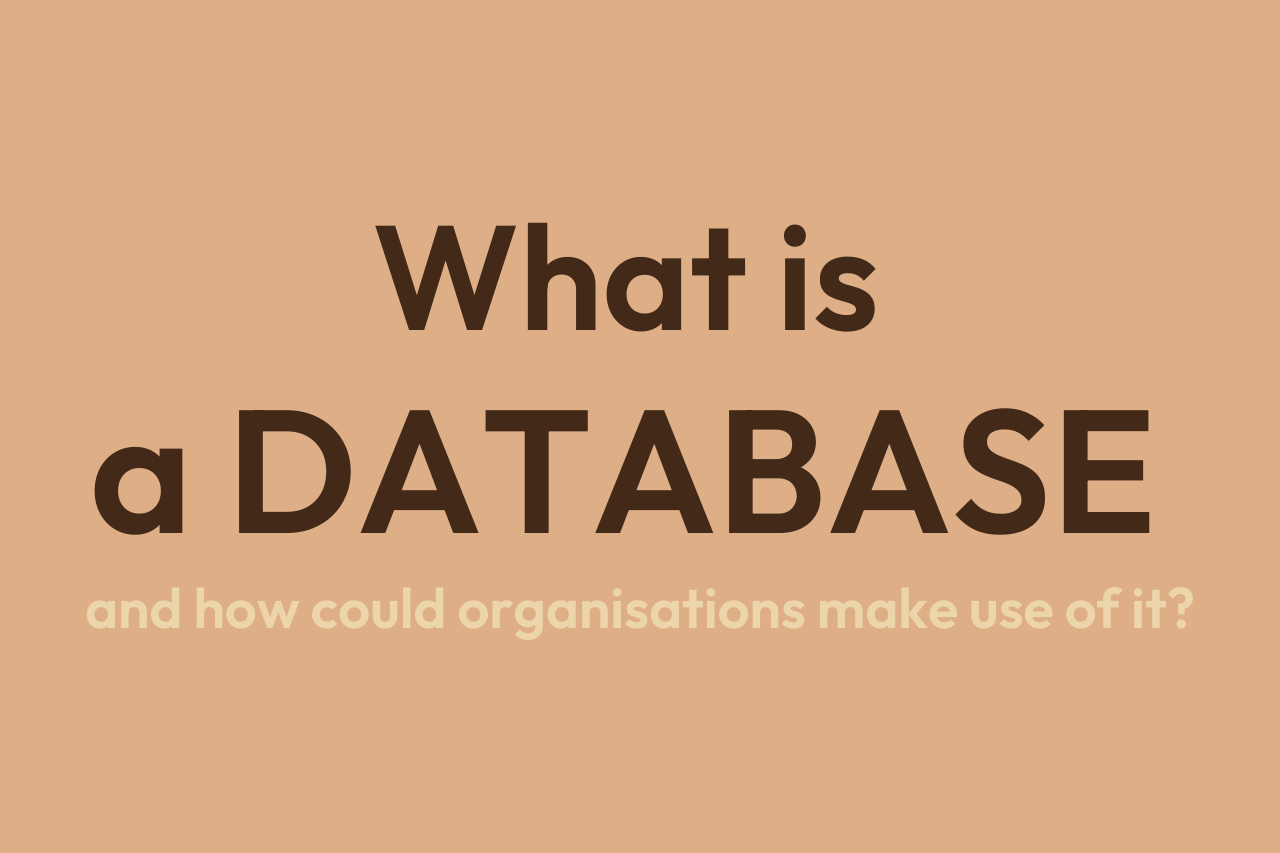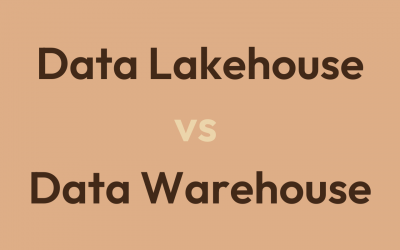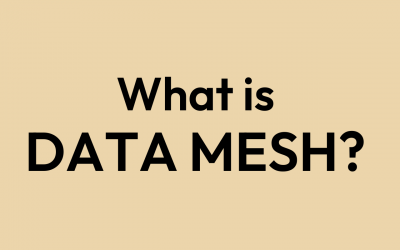A database is a structured collection of data that is stored in a computer system. It allows users to easily access, manage and update large amounts of information. Databases can be used for a wide range of purposes, including storing customer information, inventory management, financial records and much more.The most common type of database is called the relational database. This type of database organizes data into tables with columns and rows. Each column represents a different attribute or characteristic about the data you are storing, while rows represent individual items or entries in the table.
Other types of databases include object-oriented databases and NoSQL databases. Object-oriented databases store data as objects rather than in tables, while NoSQL databases are designed to handle unstructured or semi-structured data such as social media posts or sensor readings.
Relational database.
Relational databases have been around since the 1970s and are still one of the most popular ways to store and organize data. A relational database is a collection of tables that contain information related to a specific subject or topic. Each table consists of rows (also known as records) and columns (also known as fields). The columns define the type of data that can be stored in each row, while the rows represent individual instances or records.
One of the main advantages of using a relational database is its ability to handle large amounts of complex data. With well-designed tables, it’s easy to search for information and make connections between different pieces of data. Another advantage is that relational databases allow for easy scalability, so you can add more tables or expand existing ones as your needs change over time.

Object-oriented databases
Object-oriented databases represent a major shift in the way data is stored and managed. These databases differ from traditional relational databases because they organize data around objects instead of tables. By taking this approach, object-oriented databases enable developers to build more flexible applications with less code.
One of the key benefits of object-oriented databases is that they allow developers to work with complex data structures naturally. This means that developers can store entire objects – including their properties and methods – directly in the database. This makes it easier for developers to write code that interacts with those objects, rather than having to map data between a relational schema and an application’s object model.
Another advantage of object-oriented databases is that they are highly scalable. Because these databases store information about individual objects, they can be easily distributed across multiple servers or clusters.
<IMAGE>
NoSQL databases.
NoSQL databases have been gaining popularity in recent years due to their ability to handle large amounts of unstructured data. Unlike traditional relational databases, NoSQL databases do not rely on a fixed schema and can easily adapt to changes in data models. This makes them ideal for handling big data applications that require real-time processing and analytics.
One of the main benefits of NoSQL databases is their scalability. They are designed to handle massive amounts of data across distributed systems, making it easy to scale horizontally as more resources become available. Additionally, they offer high availability and fault tolerance, meaning that even if one node fails or goes offline, the system can continue running without any downtime.
Some popular examples of NoSQL databases include MongoDB, Cassandra, and Couchbase. Each has its own unique features and use cases but all share the common advantage of being able to store and process large volumes of data quickly and efficiently.

Conclusion
In conclusion, databases are an important part of the modern digital world. They help to store, organize, and access data quickly and easily. It is clear that databases are highly versatile and can be used in a variety of applications. Knowing how to use a database can be beneficial for anyone working in the technology industry, regardless of their job role. Understanding the different types of databases and their uses can also help businesses save time, money, and energy when it comes to managing large amounts of data.





0 Comments